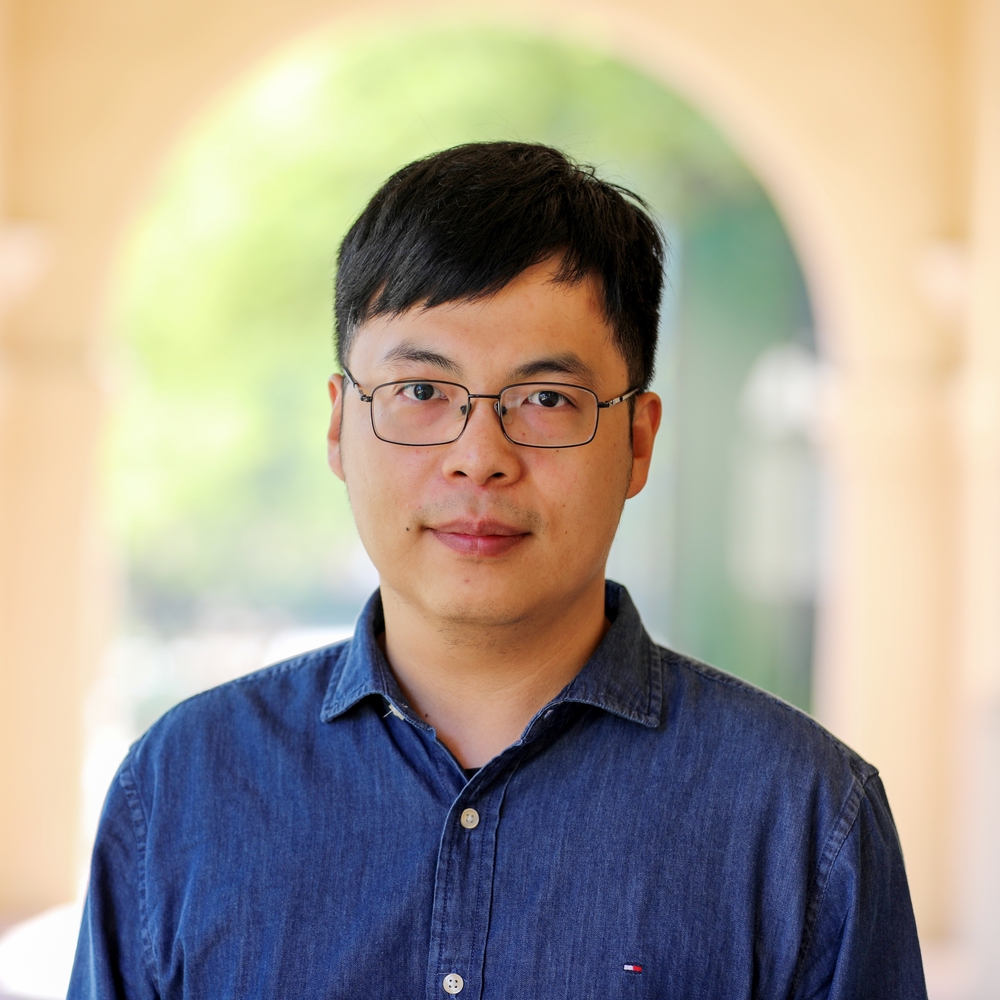Abstract
Multiphoton microscopy (MPM) allows for three-dimensional in vivo microscopy in scattering tissue with submicron resolution and high signal-to-noise ratio. MPM combined with fluorescence lifetime measurements further enables quantitative imaging of molecular concentrations, such as dissolved oxygen, with the same optical resolution as MPM, in vivo. However, biocompatible oxygen-sensitive MPM probes are not available commercially and are difficult to synthesize. Here we present a simple MPM oxygen imaging probe compatible with aqueous biological media based on a water-soluble ruthenium-complex nanomicelle. By adding a layer of silica shell to the nanomicelle assembly, oxygen sensitivity and probe stability in biological media increases dramatically. While uncoated probes are unusable in the presence of serum albumin, photophysical characterization shows that the silica coating enables quantitative oxygen measurements in biological media and increases probe stability by more than an order of magnitude.
Publication
Optical Materials Express, vol. 7, no. 3, pp. 1066-1076

Assistant Professor of ECEE and BME
I am an Assistant Professor of Electrical, Computer & Energy Engineering (ECEE) and Biomedical Engineering (BME) at the University of Colorado Boulder (CU Boulder). My long-term research goal is to pioneer optical imaging technologies that surpass current limits in speed, accuracy, and accessibility, advancing translational research. With a foundation in electrical engineering, particularly in biomedical imaging and optics, my PhD work at the University of Notre Dame focused on advancing multiphoton fluorescence lifetime imaging microscopy and super-resolution microscopy, significantly reducing image generation time and cost. I developed an analog signal processing method that enables real-time streaming of fluorescence intensity and lifetime data, and created the first Poisson-Gaussian denoising dataset to benchmark image denoising algorithms for high-quality, real-time applications in biomedical research. As a postdoc at the California Institute of Technology (Caltech), my research expanded to include pioneering photoacoustic imaging techniques, enabling noninvasive and rapid imaging of hemodynamics in humans. In the realm of quantum imaging, I developed innovative techniques utilizing spatial and polarization entangled photon pairs, overcoming challenges such as poor signal-to-noise ratios and low resolvable pixel counts. Additionally, I advanced ultrafast imaging methods for visualizing passive current flows in myelinated axons and electromagnetic pulses in dielectrics. My research is currently funded by the National Institutes of Health (NIH) K99/R00 Pathway to Independence Award.